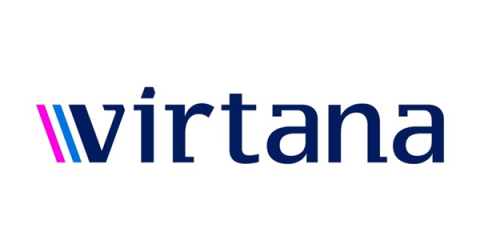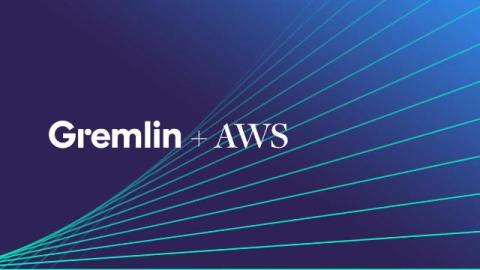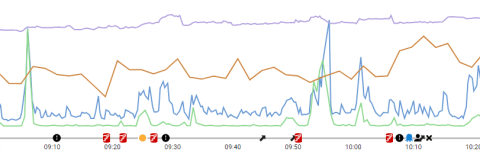Understanding the Power of AI Data Fabric
The rapid adoption of Generative AI (GenAI) tools, such as ChatGPT, has transformed various sectors, including marketing, legal, and software development. However, this rapid integration brings challenges, such as managing critical data access, mitigating costs, and ensuring compliance. To address these complexities, enterprises need to upgrade their data center management with an AI Data Fabric Copilot.











